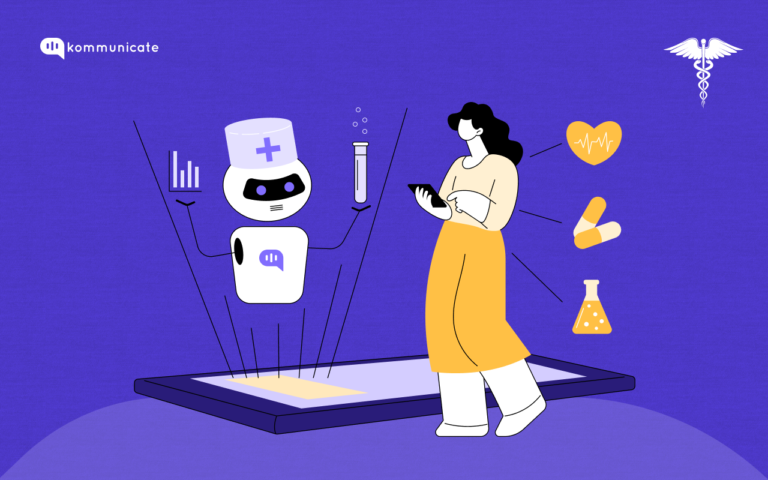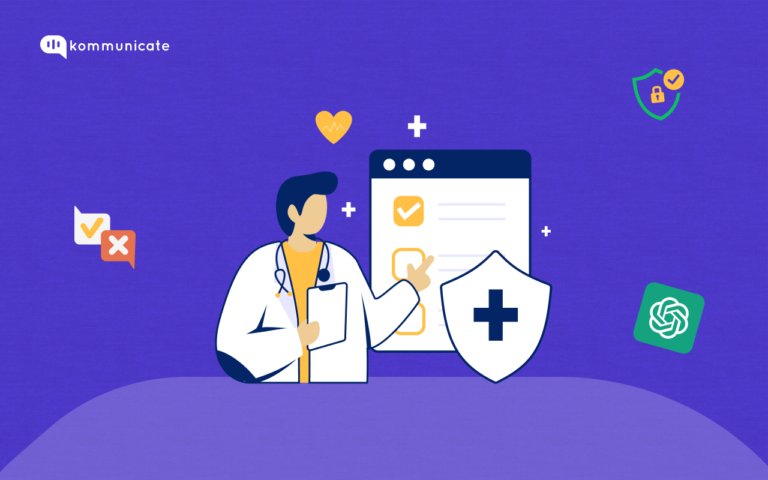Updated on March 26, 2024
If you really look at it, telemedicine has existed for hundreds of years. In medieval Europe, for instance, doctors used smoke to transmit information about the bubonic plague. Fast forward a couple of centuries, and we had the advent of radio and telephone that were rapidly changing the way patients get treatment.
Today, the internet and smartphones, along with PCs and tablets, have leapfrogged Telemedicine by leaps and bounds. The COVID 19 pandemic meant Telemedicine became a part of everyone’s lives. We are part of a generation that is seeing a paradigm shift in the way healthcare delivery happens.
In this blog post, we look at some of the latest innovations in Telemedicine, and how they are changing the very foundation of modern medical practices. Let’s begin.
1. Virtual visits and telehealth platforms
When the COVID 19 pandemic hit, it meant that everyone now had to adopt to the “new normal.” According to this WHO report, there were over a 103 million cases of the disease in the United States alone. The virus rapidly spread and social distancing became more than just a need. It was then that the doctors began to turn to technology for a solution.
Virtual visits means there is a possibility of remote consultations between the doctors and the patients. It uses sophisticated technology such as video conferencing, secure data transmission and real-time communication tools. Virtual consultation thus empowers both doctors and patients.
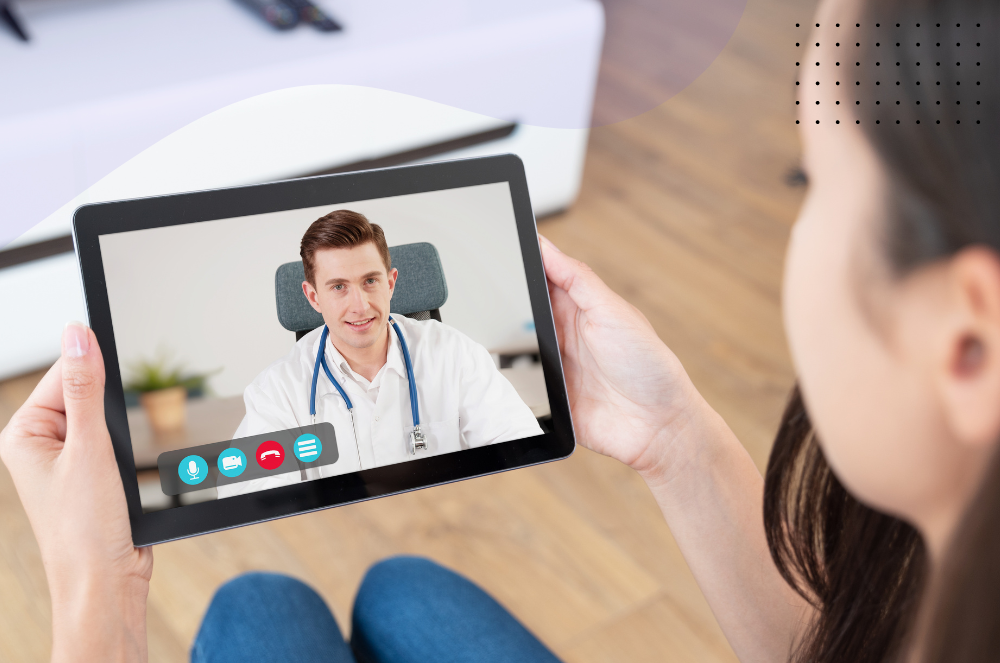
Patients can get access to world class healthcare from the comfort of their homes. And doctor’s can reach out to all their patients, no matter how remote their location is.
Virtual consultation has thus become an important part of telemedicine. In the future, we can expect more and more patients to use this facility.
2. Artificial Intelligence and Machine Learning Applications
“AI will change the way people work, learn, travel, get health care, and communicate with each other.”
Bill Gates, Co-founder, Microsoft
When one of the legends in technology has this to say about Artificial intelligence, we better sit up and listen. Bill Gates also wrote in a blog post that AI was as fundamental as the creation of the microprocessor, the computer, the internet and now, the smartphone.
What sets AI apart is its ability to analyze troves of data and then identify patterns. AI and Machine Learning Algorithms can help predict potential health concerns, even before they arise.
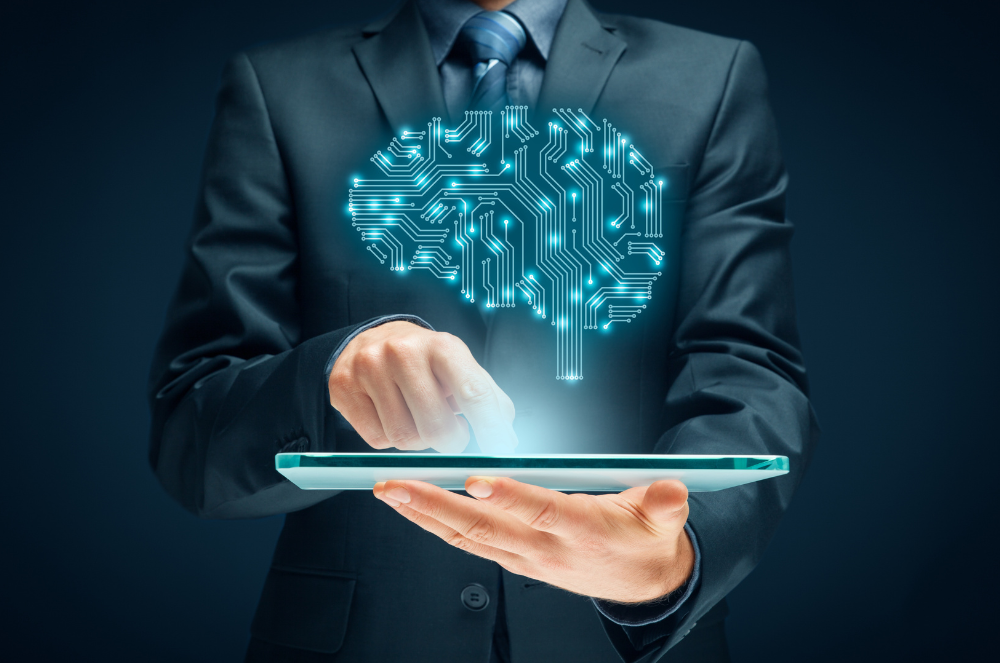
Another significant application of AI is Diagnosis and Decision support systems. According to a study in Nature Magazine, AI was able to outperform even dermatologists in the detection of a type of skin cancer.
Personalized Medication is another important application of AI and ML. Machine learning Algorithms can analyze genomic data, treatment outcomes and patient history to give suggestions on optimal therapy for every individual.
AI and ML thus have enormous potential, and are important in the evolution of telemedicine.
3. Mobile Apps and Patient Portals for Self-Service
Mobile apps are a range, and have been ever since the introduction of the iPhone. People use mobile apps to hail taxis, stay connected to their loved ones, order food, and even help fall asleep. So why shoulld healthcare be any different?
You can use mobile apps to schedule appointments, as reminders for patients to refill their prescriptions, and secure messaging with healthcare providers. Take, for example, the MyChart app, which the makers claim is used by over 160 million patients.
The app is available on both Google Play Store and the App Store. MyChart app lets you view lab results, communicate with your medication team and even manage medications All this within the palm of your hand.
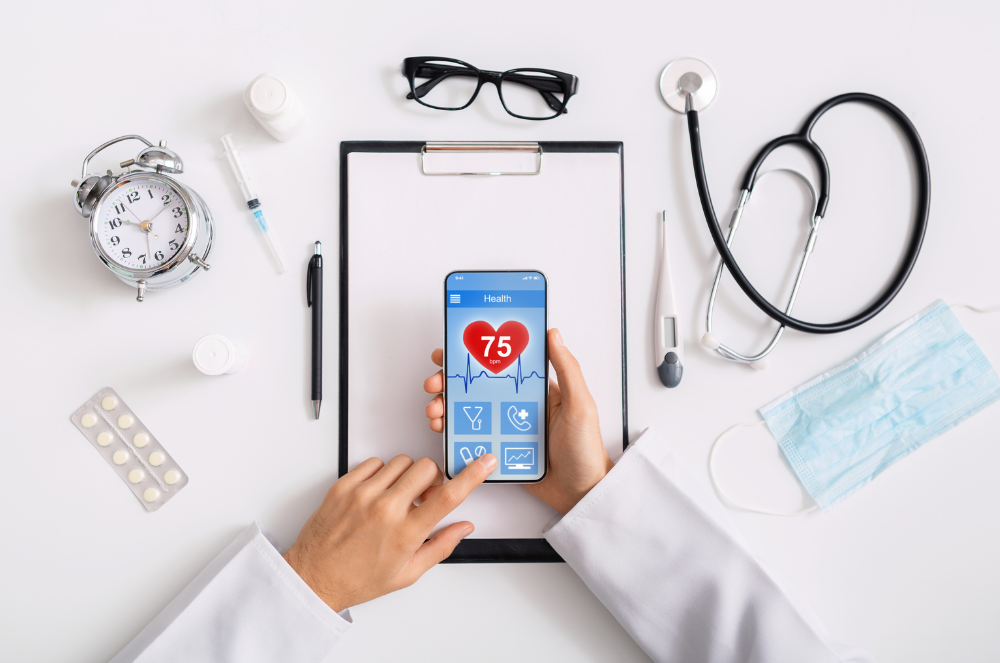
Patient portals are web-based platforms, for patients to easily access their medical records, treatment plans and test results. Patients can also access hospital visit summaries, request appointments, and review their immunization records.
Patient portals and mobile apps bring the best of healthcare information to the fingertips of patients. They also improve convenience and promote patient-centered care, resulting in improved patient satisfaction.
4. Wearable tech and Remote Patient Monitoring (RPM)
Proactive healthcare management – tackling a disease before it becomes a serious issue, is gaining mainstream attention these days, thanks to the proliferation of smart watches.

Equipment such as this heart rate monitor are relics of the past, as more and more smartwatches enter the mainstream market everyday.
Remote Patient Monitoring (RPM) allows healthcare providers to remotely monitor a patient’s vital signs and key health metrics using a series of connected devices. This data is then transmitted securely to their healthcare provider, allowing them to intervene in a timely manner.
Wearable technology is another advancement of telemedicine that we see a lot of application in the future. Smartwatches and other such devices can be used to measure a host of vitals, including heart rate, activity levels, sleep patterns and more.
A combination of RPM and wearable technology promotes preventive care and enhances patient engagement.They align with value-based care initiatives, heralding the shift of healthcare delivery towards being more personalized.
5. Data security and Blockchain technologies
Protecting patient information and ensuring data compliance – this should be at the top of the mind if you are running a healthcare organization. One of the most promising solutions that ensure a secure platform for data management is Blockchain technology.
Blockchain is decentralized and immutable. This makes it easily beat data breaches and prevent unauthorized access. Blockchain technology enables secure storage and sharing of patient records, while ensuring privacy and data integrity.

Encryption and blockchain based authentication can strengthen telemedicine platforms, which will enable secure and efficient remote consultations. In addition to this, Blockchain technology’s audit trail capabilities can streamline compliance with regulations such as the HIPAA act.
As you can see, telemedicine is set to be revolutionized in the years to come. Telemedicine facilities like video conferencing will possibly become the first source of contact for many patients in the future. If you want your healthcare facility to stay relevant, you better start using these technological advancements to your advantage.



